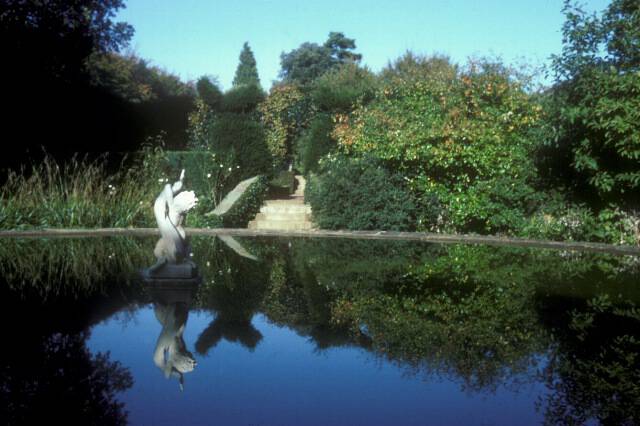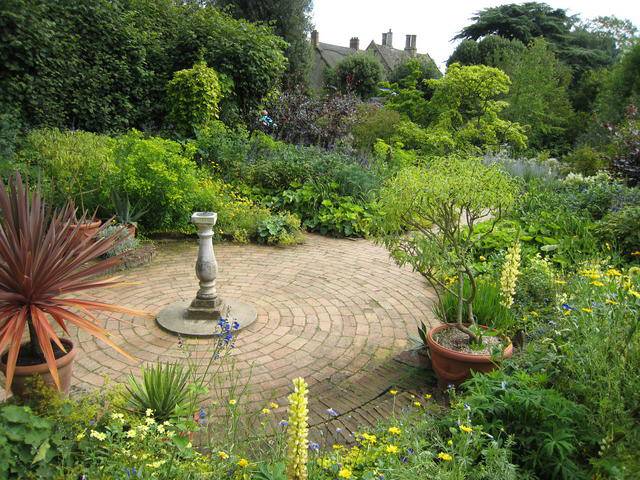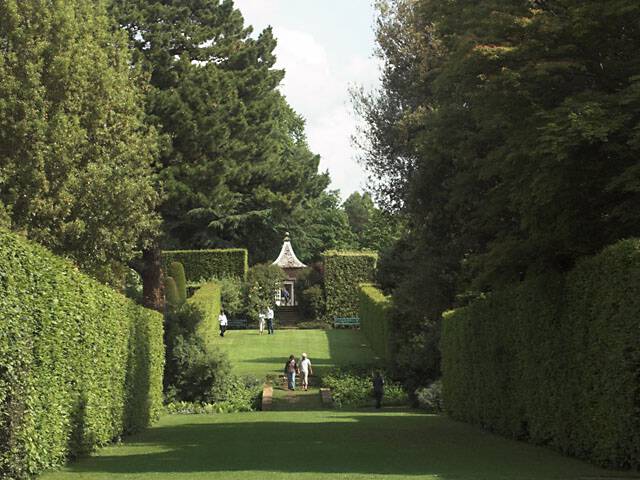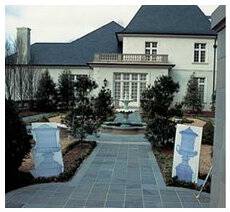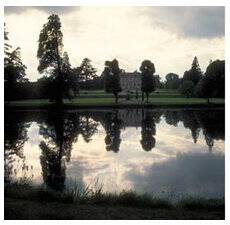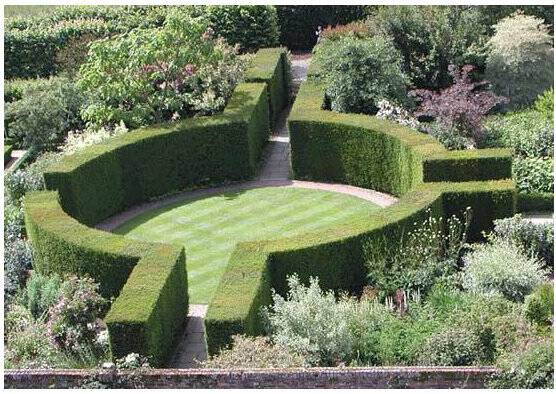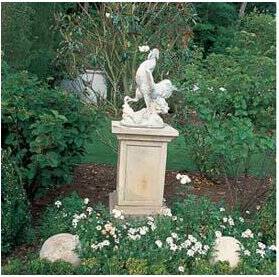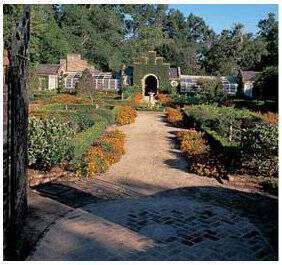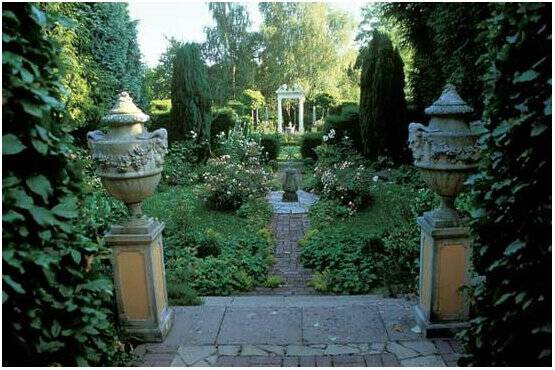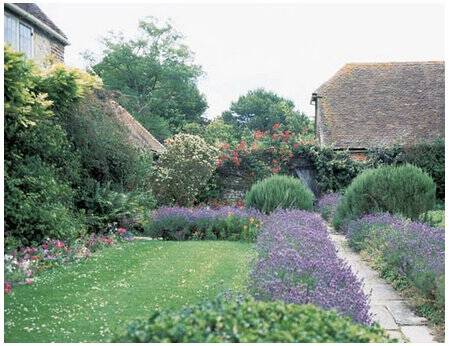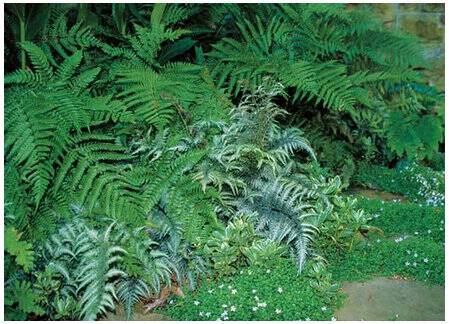Have you ever wanted to escape to a place where nothing and no one can disturb you? A secret garden may be just what you need. Not only will it give you the opportunity to retreat to a private space outside of your home, but it will allow you to surround yourself in the beauty and tranquility of nature.
Total immersion in a hidden garden can help you forget your worries and reconnect with nature to rejuvenate your mind, body and soul. Call it the ultimate therapy session.
No matter what your style and how you plan to use your secret garden – whether for reading, meditating or private contemplating – it will need to be designed in a way that makes it partially hidden from the rest of your property. This can be done by creating a garden within a garden using tall shrubs and trees.
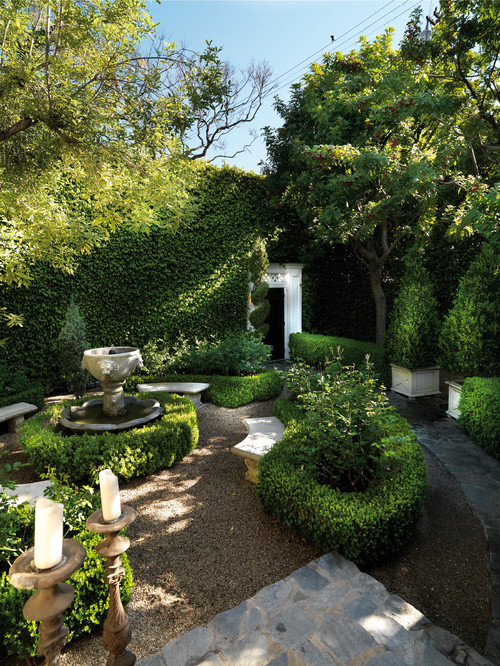
When selecting the spot for your hidden garden, choose somewhere somewhat tucked away and quiet. A neglected side yard, for example, can provide the perfect enclosed area for serene secret garden. However, for some homeowners, the entire landscape can become their own private retreat where only a select few are invited to visit.

We love Karen Chapman‘s idea of adding to the experience of entering the secret garden by building a little suspense and mystery with a winding path that twists and turns until it suddenly opens up to a small clearing. Envision a meandering stone path, for instance, that leads to a charming gate or arbor entryway where you are then greeted by gorgeous colors and textures and a charming flagstone patio with a lush live carpet.

Amidst vibrant plantings and cascading containers, your secret garden can feature an elegant fountain, a stately statue or other piece of art as the focal point and centerpiece. A bench, a pair of lounge chairs or a bistro set with a small table and chairs can be used for creating a sitting area within your secret garden.
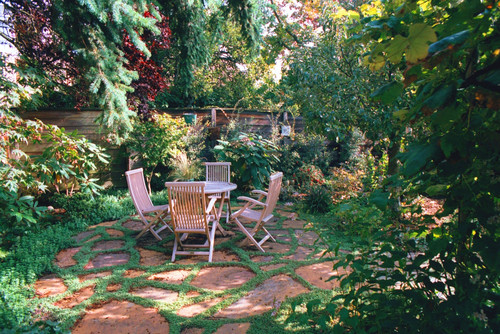
Are you enchanted by the idea of having your own secret garden? Dargan Landscape Architects in Atlanta can help you achieve the secret garden you thought only existed in movies and dreams. Contact us at 404.231.3889 to set up your design consultation. We can work with you virtually or in person and look forward to helping you create a space where you can Let Nature Speak!
For more information on creating a timeless landscape design or a secret garden, check out Mary Palmer’s book, Timeless Landscape Design.

